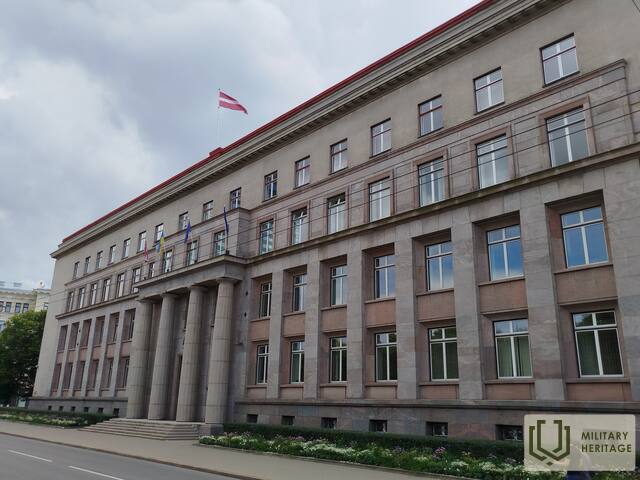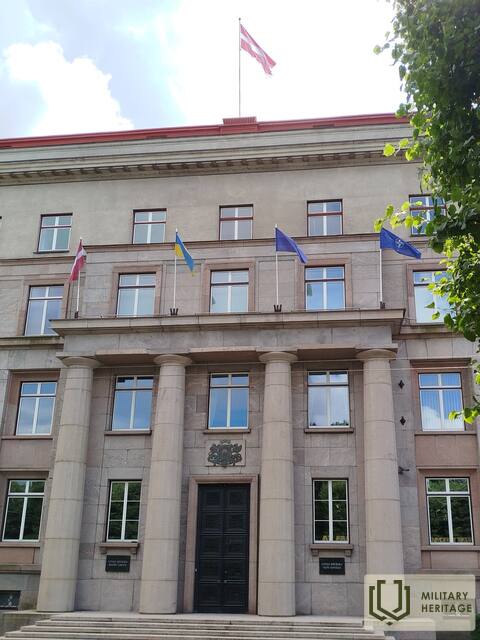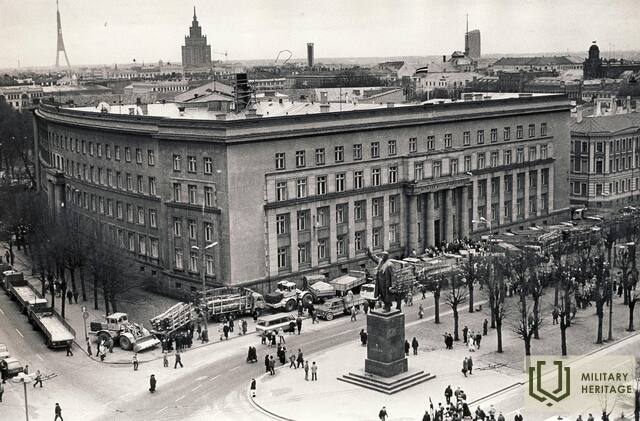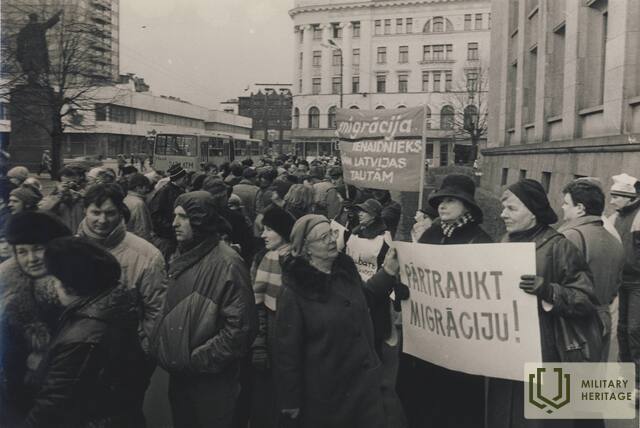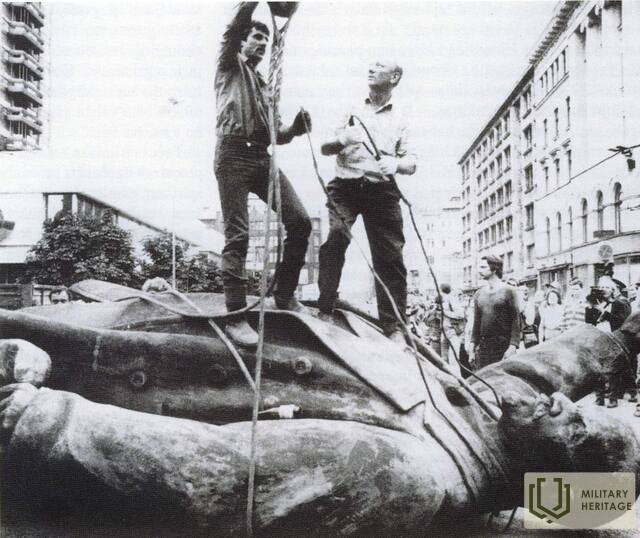Cabinet of Ministers building Infrastructure


 1
1




In January 1991, one of the goals of the opponents of Latvian independence was to neutralize the government of the Republic of Latvia led by Ivars Godmanis, which was formed after the adoption of the Declaration of Independence on May 4, 1990. On January 9, 1991, pro-Moscow forces succeeded in achieving the resignation of the Kazimir Prunskiene government in Lithuania, mobilizing their supporters for protests against the increase in retail prices. On January 10, under the same pretext, a rally organized by Interfronte was held in front of the Council of Ministers. At it, about 10,000 participants demanded the resignation of the I. Godmanis government and tried to break into the building. The militia managed to prevent such attempts. The government and the Supreme Council demonstrated a united position, and the government did not resign.
After the tragic events in Vilnius on January 13, the Council of Ministers building was one of the first objects around which barricades were built, consisting of reinforced concrete blocks, logs, sandbags, and trucks and tractors. After the defeat of the 1991 coup, on the morning of August 25, the Lenin monument opposite the Council of Ministers of the Latvian SSR was dismantled.




